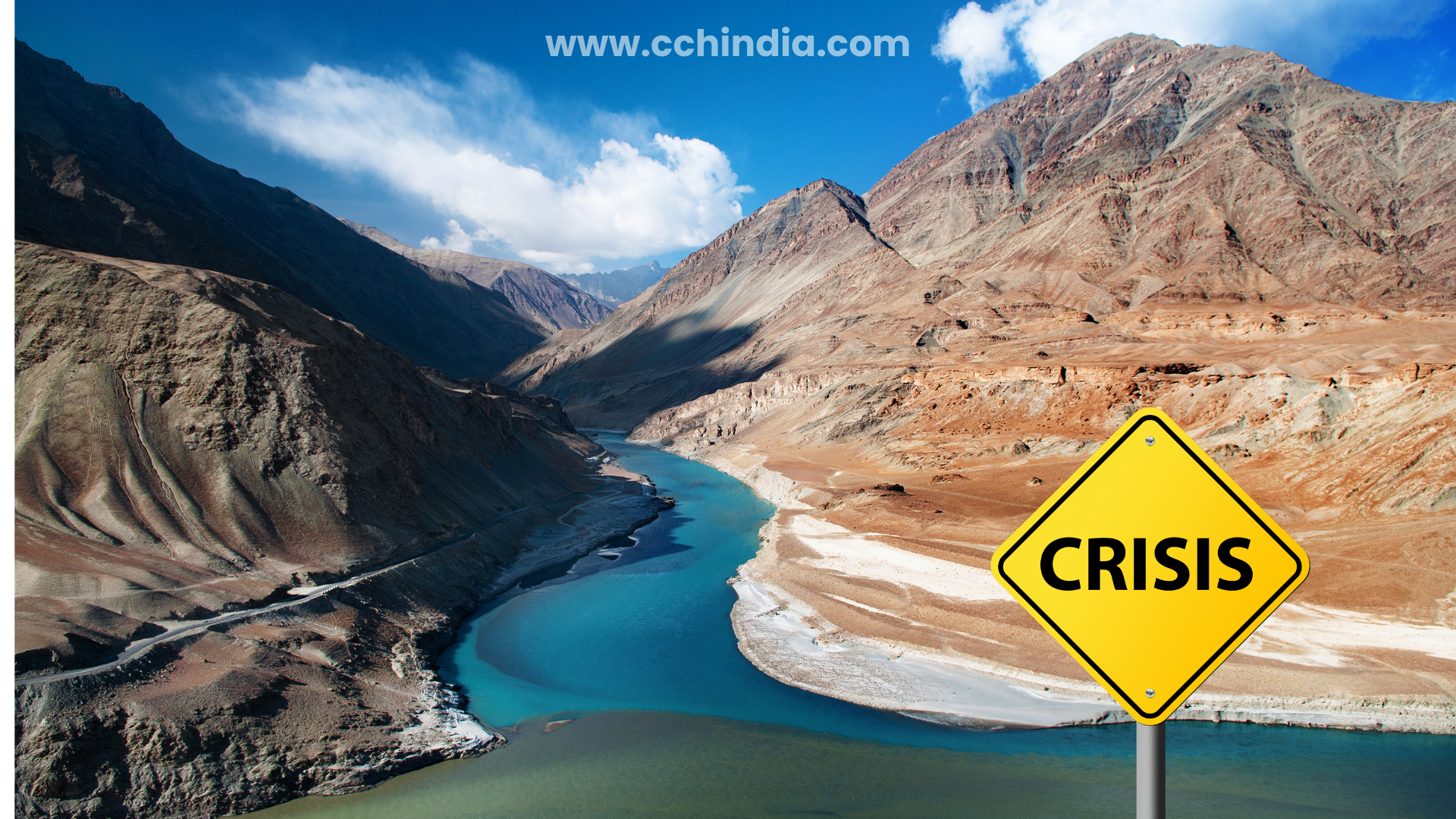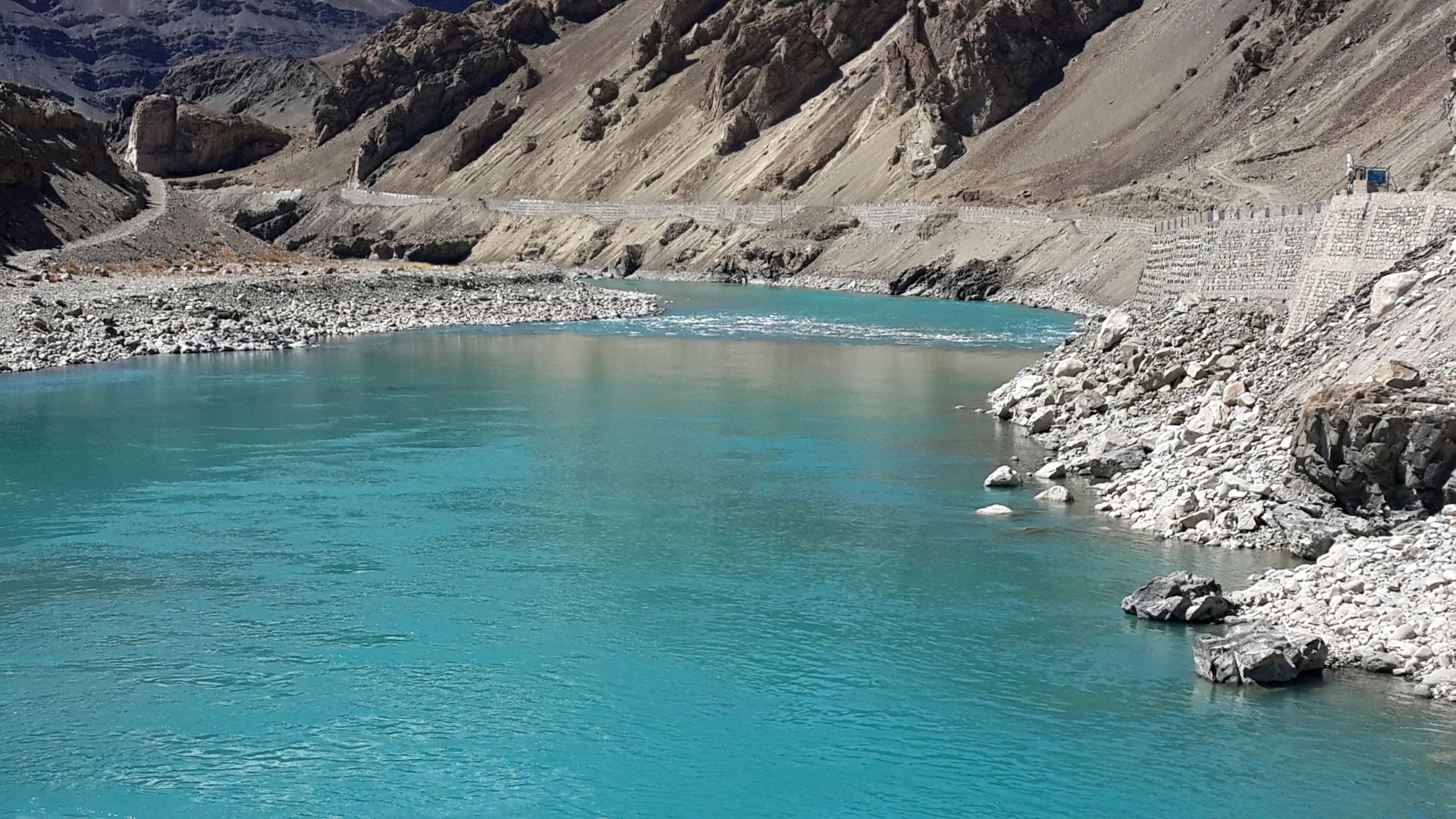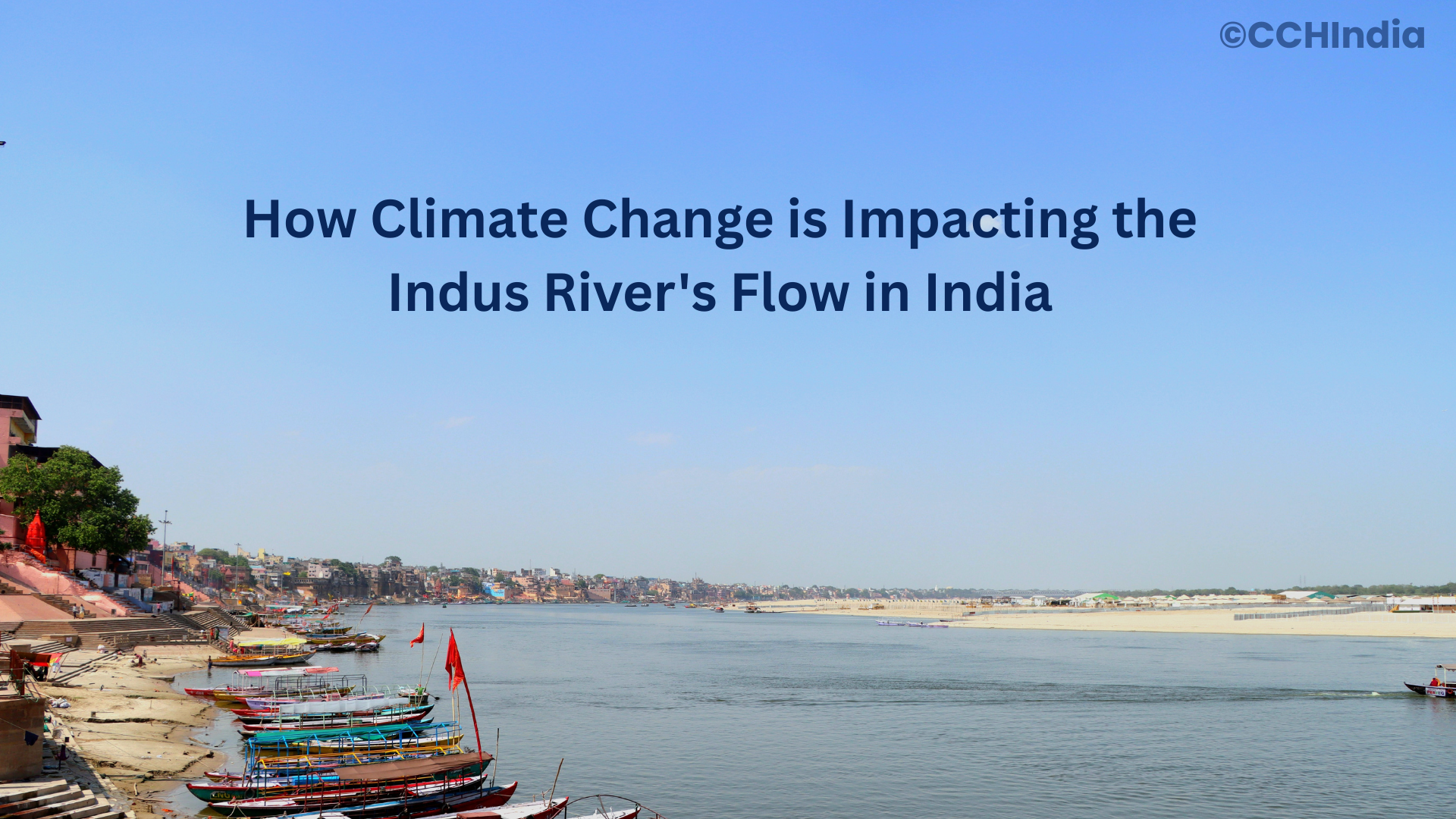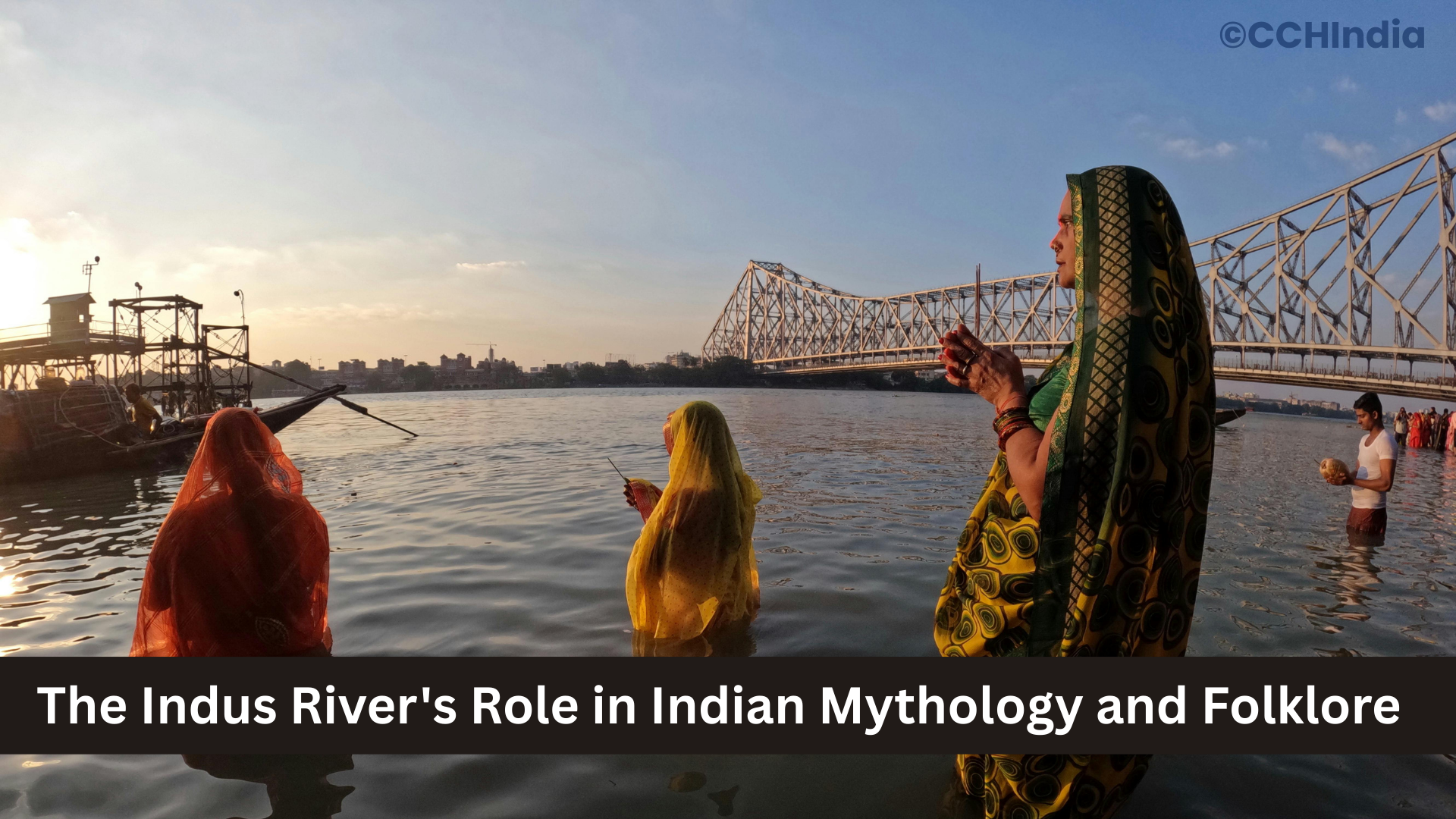I keep coming back to the Indus River whenever I think about water. Maybe it’s because of its history, maybe it’s because of the people who still lean on it every single day. This river isn’t just a line on a map. It’s millions of lives, entire harvests, and honestly—an identity for the region. But lately, every time the Indus comes up in the news, it feels like another warning bell ringing.
Let’s be real: the Indus is in trouble. Big trouble.
The Water’s Drying Up
Have you ever stood by a river in the peak of summer and felt that eerie silence when the current slows down? That’s the vibe with the Indus right now. Glaciers in the Himalayas, the river’s lifeline, are melting too fast because of climate change. You’d think more meltwater means more flow, right? But no—after the initial gush, it’s just emptiness. Less snowpack means less steady water later on. Farmers downstream, especially in Pakistan, are already watching their fields crack.
I’ve heard old folks say, “The Indus doesn’t roar the way it used to.” And that hits hard.
Pollution – We Did This
It’s not just nature. We’ve managed to mess it up ourselves. Sewage, untreated waste, factory discharge—everything finds its way into the river. Imagine feeding your kids from water that’s been laced with chemicals. Doesn’t sound fair, does it? But millions don’t even have a choice.
Once, I saw a photo of fishermen pulling nets from a stretch of the Indus near Karachi. The water looked more like a grey soup than a river. You don’t need a scientist to tell you that fish can’t survive long in that.
Politics at the Water’s Edge
And then there’s the politics. Always politics. India and Pakistan share the Indus under that famous treaty from the 1960s. On paper, it’s one of the most successful water agreements in the world. But in reality? It’s fragile. Every time tensions rise across the border, the river gets dragged into the fight.
You can’t help but think—shouldn’t water be above politics? But you know how it goes… when resources get scarce, tempers flare.
The People Who Carry the Burden
It’s easy to talk about “river basins” and “treaties” sitting in an office, but let’s bring it down to the ground. Women in rural villages walking miles for water. Children dropping out of school because they have to help carry it home. Farmers forced to give up ancestral land because the soil just won’t grow wheat anymore.
These aren’t stats. They’re stories. And they’re piling up. 💔
A Flicker of Hope?
Here’s the thing—I don’t want to end this sounding like all is lost. Because it isn’t. There are solutions. Smarter irrigation, cleaning up industrial waste before it hits the river, restoring wetlands to act like natural sponges. Even simple stuff like planting more trees near the riverbanks to hold the soil. Sounds simple, right? But the catch is—it needs cooperation, trust, and let’s face it—political will.
Sometimes I wonder if the Indus is testing us. Testing whether humans can actually get over our short-term greed and think long term for once.
Closing Thought
Whenever I think about the Indus, I imagine it like an old storyteller. Still flowing, but tired. Carrying centuries of history, yet whispering for help. And maybe that’s the lesson—it’s not just a river. It’s us. If the Indus falls silent, so do we.






